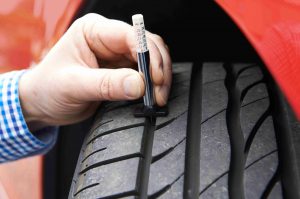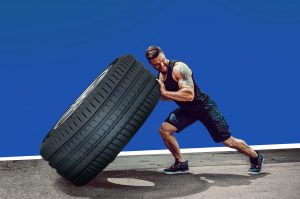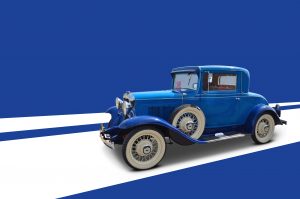When you push down the accelerator, your car delivers energy through the engine and other components in the form of gas or electricity. The car’s tyres start to turn until it has enough momentum to move forward. Rolling resistance is one of the key factors that can prevent a car from moving forward.
What is rolling resistance?
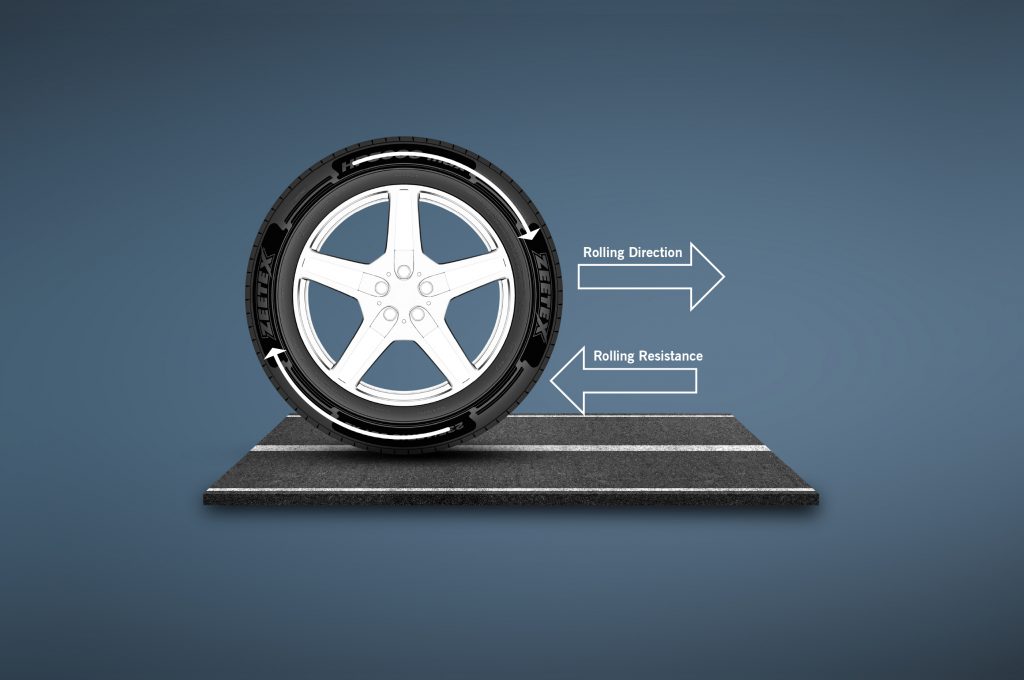
Friction occurs between the rubber and the asphalt when a tyre moves over the terrain, which provides grip. However, this friction also results in increased fuel consumption. Rolling resistance contributes up to 15% of the total input, and the leading cause of this resistance is hysteresis. This is the energy lost when a tyre rolls over its footprint. The car’s engine has to work harder to make up for the energy loss, which results in more fuel consumption.
What is the rolling resistance of my tyre?
All newly sold tyres have an EU designation that assesses their rainy weather grip, efficiency, and loudness from A to G. The fuel economy value includes rolling resistance, which is shown with an image of a gas pump. A tyre with a “B” grade offers respectable mileage, such as the Zeetex SU5000 Max. The difference between an A rating and a G rating can be as much as 8%, which can significantly affect your car expenses over the tire’s lifespan.
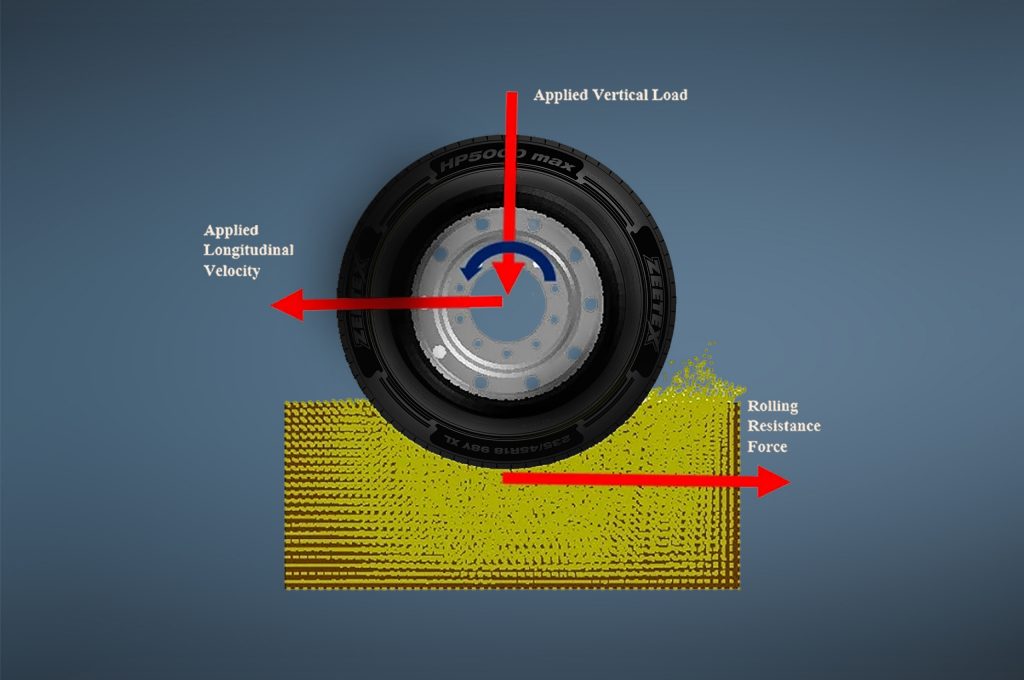
Tread, torque, and tarmac
To ensure optimum rolling resistance, tyres must emit minimal heat and provide friction, along with high thermal conduction qualities. Only deeper treads are able to achieve this. While recent developments in tread combination technology have enabled lowered tread depths while retaining performance standards, reducing rolling resistance on tyres with larger tread depths is still challenging. Higher tread depth tyres, like those used on light trucks, have less rolling resistance than tyres with lesser tread depths, such as those found on passenger cars.
Is the best of both worlds possible?
Tyre producers have invested a lot of money in creating tyres that achieve both grip and fuel efficiency. For instance, consider the Zeetex[1] HP5000 Max. It is feasible to pick a tyre that offers the perfect blend in terms of grip and fuel efficiency. Rolling resistance decreases as a tyre ages, as hysteretic losses decrease with the quantity of tyre material that bends and rebounds. However, various undesirable parameters cause wear, and engineers cannot use these factors to reduce rolling resistance.
It is possible to change tyre designs to establish a balance between grip and mileage. It would be desirable to design tyres with distinct ratings for interstate travel and short-distance city driving. Although it is challenging to increase rolling resistance without sacrificing handling, grip, or mileage, advancements in technology and industrial methods have made it achievable to harmonize these competing objectives.

